May 18, 2025 | 04:08 GMT +7
May 18, 2025 | 04:08 GMT +7
Hotline: 0913.378.918
May 18, 2025 | 04:08 GMT +7
Hotline: 0913.378.918

Vietnam is South Korea’s fourth-largest rubber supplier. Photo: TL.
According to Vietnam General Department of Customs, Vietnam’s rubber exports to South Korea reached 37.62 thousand tons in the first ten months of 2021, valued at USD 68.87 million, an increase of 57.8% in volume and 95.2% in value compared to the same session of 2020.
The SVR 10 variety is the most exported to South Korea in particular. SVR 10 accounts for 25.6% of the total rubber volume exported to South Korea during the ten months period in 2021 with 9.62 thousand tons, worth USD 16.01 million, up 68.5% in volume and 109.7% in value over the same period last year.
Most rubber varieties exported to South Korea all gained sharp growth in both volume and value compared to the same period in 2020. Several prime examples include SVR 20 (up 2,283.4% in volume and 2,781.2% in value), RSS3 (up 149.2% in volume and 238.8% in value), and the aforementioned SVR 10.
The average export price of all rubber varieties to South Korea in ten months of 2021 experiences a sharp increase over the same period in 2020. Some major increase include: crepe rubber up 127.3%; RSS3 up 36%; latex up 34.7%; SVR 3L up 28.9%, etc.
According to South Korea Customs Service, up until October 2021 the nation has imported approximately 461,290 tons of rubber, worth USD 952.9 million, an increase of 16.5% in volume and 41.1% in value in comparison to the same period in 2020.
Indonesia, Thailand, China, Vietnam and the USA are the five largest markets supplying rubber for South Korea. Imports from these markets all show an increase this year.
Up until October 2021, Vietnam is the fourth-largest market supplying rubber for South Korea, reaching 35,880 tons, valued at USD 68.76 million, up 32.3% in volume and 68.6% in value over the same period the year before.
Vietnam accounts for 7,8% of the rubber market share in terms of South Korea's total import volume.
Translated by Hoang Duy
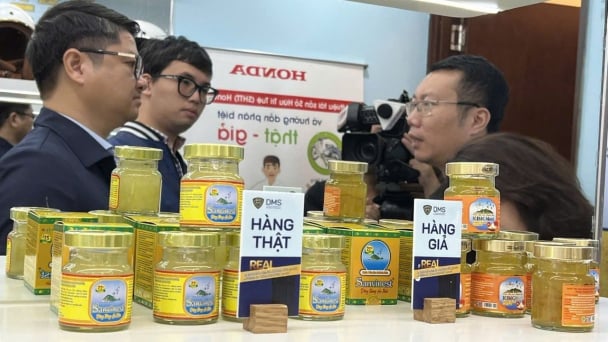
(VAN) In the face of counterfeit and imitation products, Khanh Hoa Salanganes Nest Company hopes for the prompt completion of the legal framework, strict enforcement against violations, and protection of the bird’s nest brand.
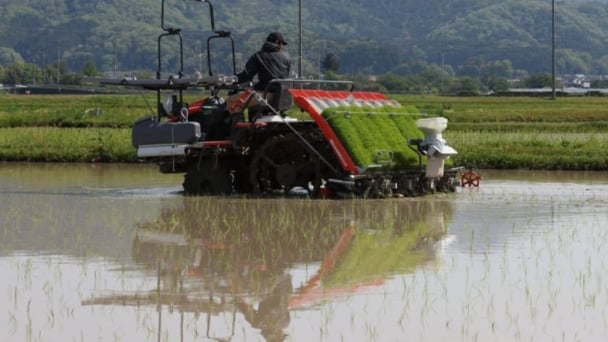
(VAN) Japan's efforts to lower the price of rice through the release of its stockpile may finally be making some progress, albeit at a snail's pace.
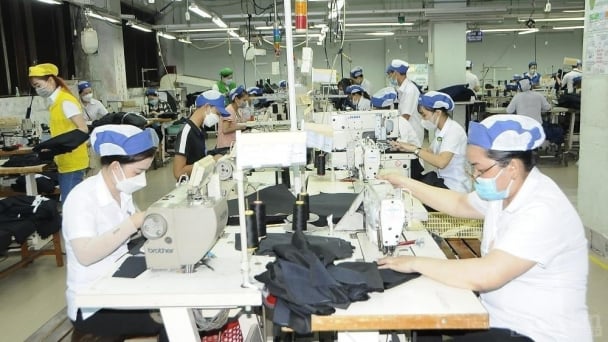
(VAN) U.S. tariffs are not only a 'shock', but also an opportunity for Vietnamese businesses to renew their mindset toward comprehensive development.
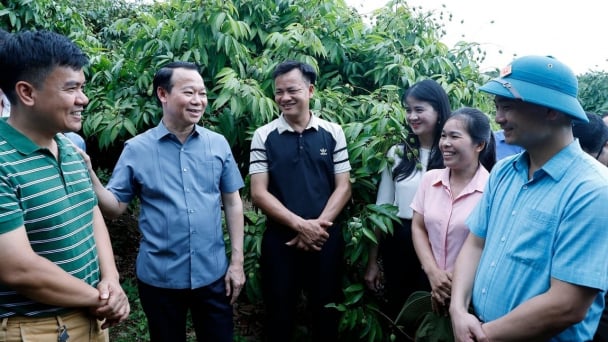
(VAN) As Bac Giang lychee enters the harvest season, Minister Do Duc Duy expects that the fruit will contribute greatly to agricultural exports due to standardized production and deep processing.
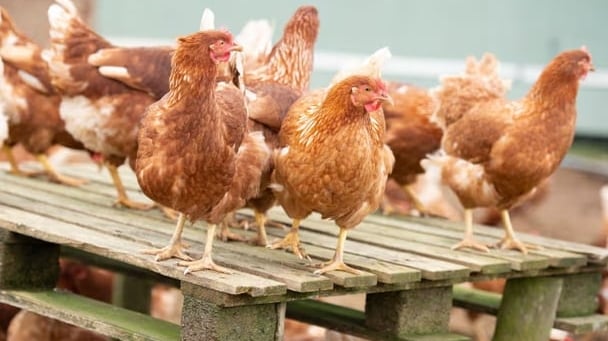
(VAN) Consumers have shown a preference for free-range eggs, but those farming systems are more vulnerable to biosecurity risks like bird flu.
/2025/05/09/5701-1-184335_301.jpg)
(VAN) Vietnam’s eel exports nearly doubled thanks to a mud-free farming model, opening up new prospects while still facing numerous barriers related to international standards.
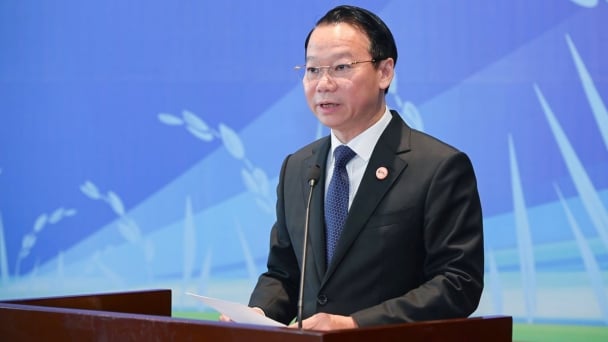
(VAN) Minister Do Duc Duy warned that if production is not professionalized and supply chains are not transparent, the U.S. market could become a growth bottleneck.